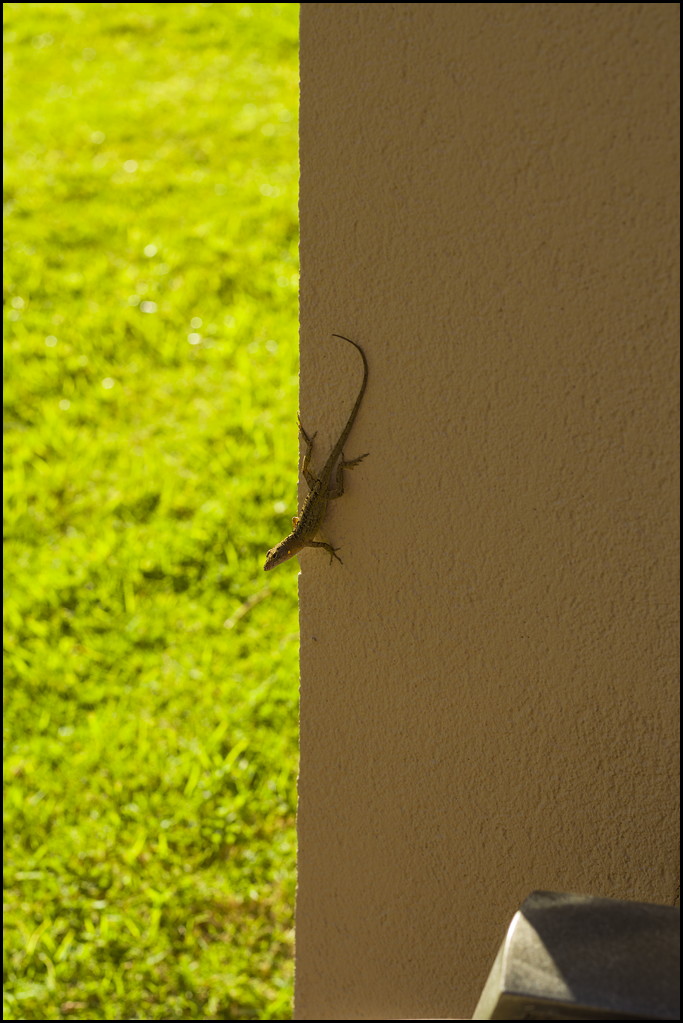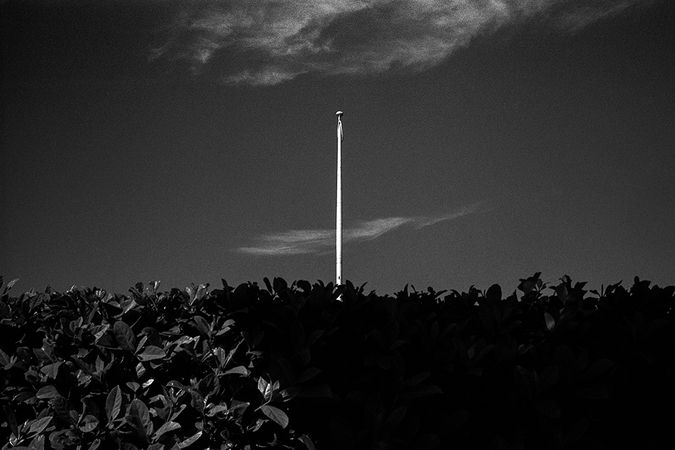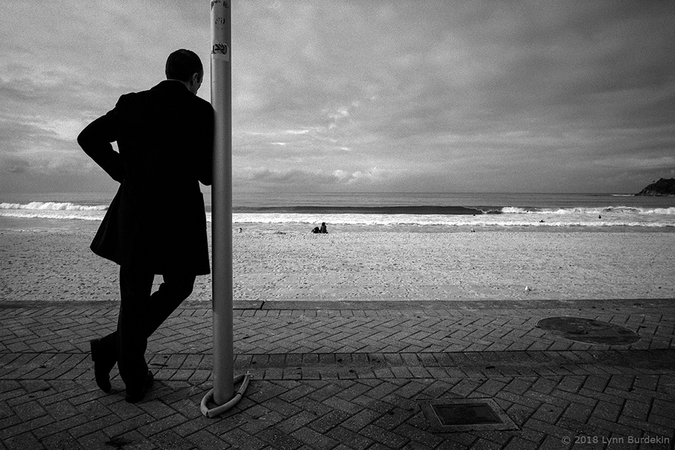peterm1
Veteran
On reviewing some of my images I suddenly realized that I often have a tendency to be drawn to make images with strong vertical elements to both frame and divide images into parts. This may also be due to a love of reflections - where this can be achieved as simply as including part fo a window frame in the final image. Or it can be because the scene is inherently vertical.
Here are some examples.......lets see yours.
 Coffee Shop and Bus by Life in Shadows, on Flickr
Coffee Shop and Bus by Life in Shadows, on Flickr
 Street Impressions - Walking by by Life in Shadows, on Flickr
Street Impressions - Walking by by Life in Shadows, on Flickr
 Ladies Who Lunch by Life in Shadows, on Flickr
Ladies Who Lunch by Life in Shadows, on Flickr
 Prescence of the Past by Life in Shadows, on Flickr
Prescence of the Past by Life in Shadows, on Flickr
 Framed in Red by Life in Shadows, on Flickr
Framed in Red by Life in Shadows, on Flickr
 Skyline 2 by Life in Shadows, on Flickr
Skyline 2 by Life in Shadows, on Flickr
 Spire and glass by Life in Shadows, on Flickr
Spire and glass by Life in Shadows, on Flickr
And occasionally I will add the verticals to create a triptych which in this image somehow complements the buildings in the background.
 South Bank Esplanade Melbourne Tryptich by Life in Shadows, on Flickr
South Bank Esplanade Melbourne Tryptich by Life in Shadows, on Flickr
And of course it can just be the buildings themselves that do it.
 Skyline Impressions South Bank Melbourne by Life in Shadows, on Flickr
Skyline Impressions South Bank Melbourne by Life in Shadows, on Flickr
Here are some examples.......lets see yours.
 Coffee Shop and Bus by Life in Shadows, on Flickr
Coffee Shop and Bus by Life in Shadows, on Flickr Street Impressions - Walking by by Life in Shadows, on Flickr
Street Impressions - Walking by by Life in Shadows, on Flickr Ladies Who Lunch by Life in Shadows, on Flickr
Ladies Who Lunch by Life in Shadows, on Flickr Prescence of the Past by Life in Shadows, on Flickr
Prescence of the Past by Life in Shadows, on Flickr Framed in Red by Life in Shadows, on Flickr
Framed in Red by Life in Shadows, on Flickr Skyline 2 by Life in Shadows, on Flickr
Skyline 2 by Life in Shadows, on Flickr Spire and glass by Life in Shadows, on Flickr
Spire and glass by Life in Shadows, on FlickrAnd occasionally I will add the verticals to create a triptych which in this image somehow complements the buildings in the background.
 South Bank Esplanade Melbourne Tryptich by Life in Shadows, on Flickr
South Bank Esplanade Melbourne Tryptich by Life in Shadows, on FlickrAnd of course it can just be the buildings themselves that do it.
 Skyline Impressions South Bank Melbourne by Life in Shadows, on Flickr
Skyline Impressions South Bank Melbourne by Life in Shadows, on Flickr































